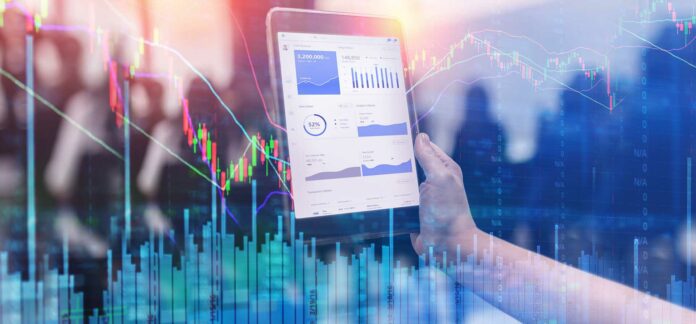Analytics has in recent years been a vital component for companies. We’ve seen the whole world shift from process-driven decision making to data-driven and now that we are on the verge of a new standard in these turbulent times, we can use data and analytics as our roadmap to the post-COVID-19 period. The initial trends demonstrate increased use of data and insights in tracking and preparing for a post-pandemic environment, as companies have started to open up after months of stringent shutdown. From market determination, and stress testing of business models to supply planning, corporations are actively leveraging data.
Although it was supposed to pick up on the acceptance of data-based decisions, the present situation has moved it to a different stage. The use of analytics by governments across the world to track and control the COVID-19 situation by collecting data from hospitals and patients is one significant trend emerging.
Data science has allowed all active cases in a given country or area to be tracked in real-time, which helps people identify their closest hotspots. This also helps people find their closest hospital or medical facility where there will be testing and treatment. Governments are utilizing analytics to develop heat maps for COVID-19 spread through various areas to prepare counties and cities to reopen. These heat maps are used by organizations across the globe to determine the reopening situation of the various markets.
The healthcare sector uses analytics to control and sustain stocks of masks, PPE kits, and ventilators, whereas the retail industry uses analytics to classify critical and non – core goods and forecast demand, inventory, etc.
Core factors
In evaluating multiple companies’ reopening path, there are a couple of factors that stand out as the most significant.
Business continuity
Companies should primarily aim at carrying on business as usual (BAU) when they reopen. There are certain implications that companies must be aware of and they are the organizational approach must be as flexible as possible in the new model, including real-time data on the spread of viruses, and safety precautions for workers must be of the utmost importance in the office environment, including face mask requirements, temperature monitoring and the preservation of sufficient social distance in all areas where data and analytics are involved.
Stress Testing
Stress testing could shortly serve as a make or break strategy for companies as businesses struggle to keep the lights on during these challenging times. For stress testing business models in different markets, it takes a lot of data and insights. COVID-19 was indeed the black swan incident that has jeopardized the survival of several organizations and many organizations are facing financial stress due to high leverage. The acceptance of these models in a post-crisis environment would increase by leaps and bounds.
Reviewing business models
Organizations need to evaluate their business strategies, with a new paradigm to adapt.
All the above mentioned are core factors that help in evaluating the company’s reopening journey.

